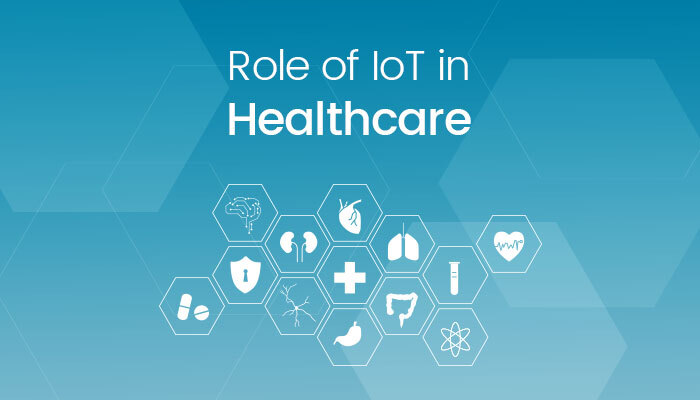The Internet of Things (IoT) is quickly expanding, with more people depending on smart gadgets and smart building technologies in their daily lives.
IoT applications & devices are changing to suit the expanding demands of a digital world as the smart building industry grows. Forward-thinking IoT companies are developing innovative solutions to improve comfort, convenience, security, and more wherever there are chances for innovation.
In the healthcare business, opportunities for IoT innovation are continually emerging and changing. Medical facilities face specific problems, which IoT providers are working on finding innovative solutions to address.
Environmental controls and security solutions, as well as wearable sensors and cloud-connected medical equipment, are all examples of IoT applications in medical care. The beneficial influence of IoT in healthcare alters the patient experience while also boosting the quality of care.
What is IoMT (Internet of Medical Things)?

Smart patient monitoring devices, networked medical sensors, and other medical IoT or IoMT equipment are examples. By integrating IoT technology with traditional medical equipment, doctors can examine & manage patient care effectively.
IoT has a wide range of applications and advantages in a number of businesses and locations. In most cases, IoT devices increase consumer comfort and convenience. The Internet of Things in healthcare may give that comfort while also providing extra health-tracking and security benefits to both patients and healthcare practitioners.
Applications of IoT in Healthcare
IoT may be used in hospitals, clinics, and other healthcare settings to improve patient comfort, assist doctors in making decisions, and make healthcare facilities safer for both patients and staff. To improve results, look at these examples of IoT uses in healthcare.
IoT in healthcare improves patient outcomes & comfort

The atmosphere in hospitals and other care facilities can be unpleasant for patients. Patients and their families appreciate privacy, accessibility, and comfort in hospital rooms, according to research published in the Journal of Health Environments Research and Design.
According to studies, improved patient outcomes might lead to less stress and a speedier recovery. In hospital rooms, IoT technologies such as smart thermostats and adjustable lighting controls enable improved comfort for patients and control for caregivers.
Brightening a room aids caring chores & procedures, while reducing the lights creates a more calm & pleasant environment for the patient. Automated window blinds provide comparable lighting management while allowing patients to benefit from the sun’s health and emotional advantages.
IoT in healthcare helps in making better clinical decisions

IoT devices and systems can also assist physicians in making better medical decisions and providing improved patient care. IoMT equipment, like as linked medical sensors, enable data collecting without requiring a physical examination.
Remote patient monitoring is possible with wearable IoT technologies. Doctors may consistently check health vitals, physical activity, & other factors that might guide changes to treatment programs or other interventions.
IoT makes hospitals & healthcare facilities safer

To make hospitals and healthcare facilities safer for patients and workers, many classic IoT security solutions may be used:
- Protocols can be applied according to pre-set programs, such as lockdown scenarios, using smart locks and security systems.
- Internet of Things maintenance sensors may alert facility managers to potentially harmful leaks and other risks.
- Temperature sensors assure the safe storage of food, blood, and pharmaceuticals.
- Occupancy sensors keep track of waiting rooms and alert personnel when they reach capacity, allowing important patients to be transferred to other hospitals.
- Hospitals are easier to traverse because to digital navigation technology.
Conclusion
The Internet of Things (IoT) in the healthcare business is not a stand-alone solution. To assist healthcare facilities evolve in a meaningful way, all IoT devices and networks must be coupled with other technology. As previously said, the Internet of Things will improve healthcare, but it will also require data, high-speed transmission, and sufficient security and compliance.

